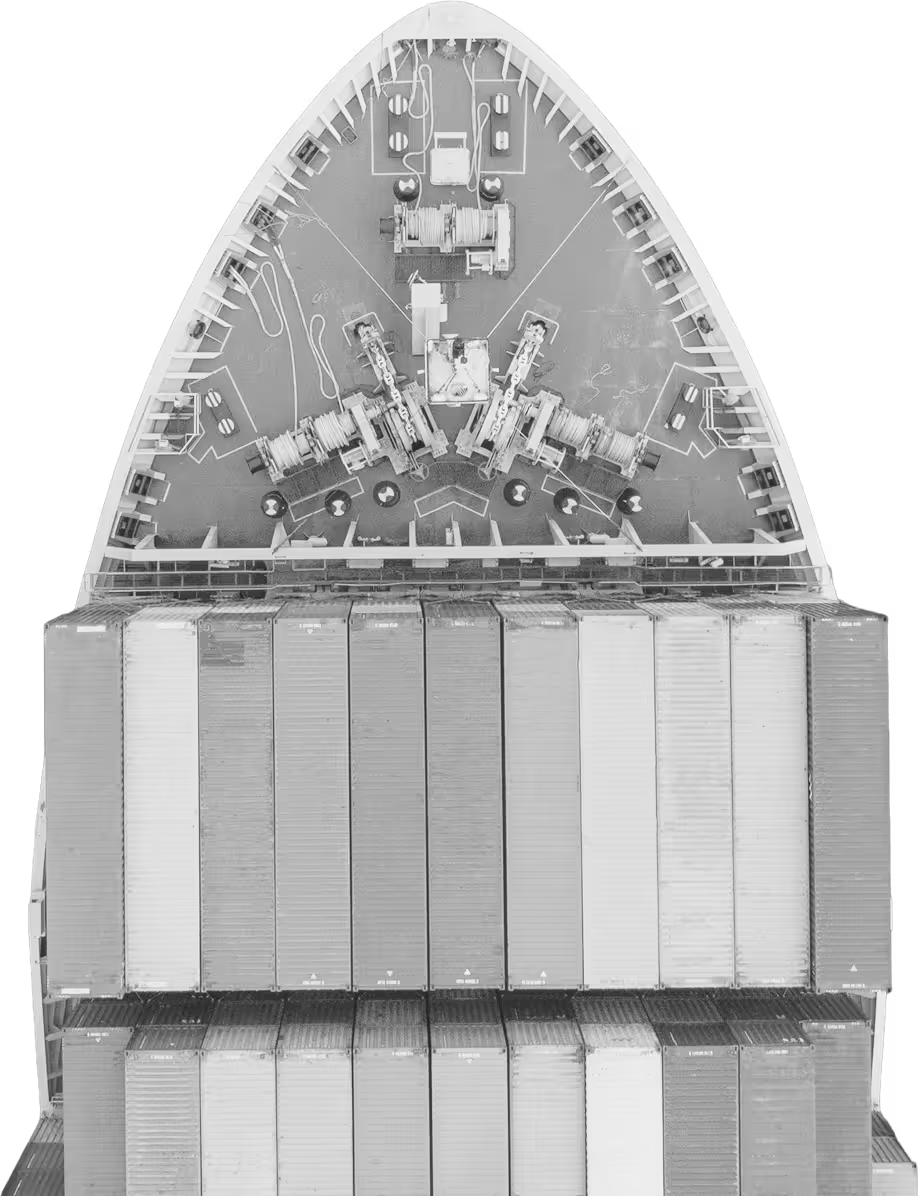Ship tracking with Kpler Automatic Identification System (AIS) data
Comprehensive ship positions from our low-latency AIS network.



300,000
Complete visibility – from coast to deep ocean
Kpler delivers comprehensive and timely AIS ship tracking data derived from over 13,000 AIS receivers spanning terrestrial, satellite, and roaming networks.
We offer low-latency vessel tracking that ensures global visibility across open oceans.
Owners and operators of the world’s largest AIS ship tracking network
While other providers rely heavily on third-party sources, Kpler owns and operates its network.
Kpler’s rigorous data validation processes are designed to meet the needs of high-stakes maritime operations and professionals, providing trustworthy data critical to decision making.


Track any vessel, anywhere, anytime.

AIS ship tracking built for precision, scale and trust
Unmatched coverage and frequency
- Global AIS Network with 13,000+ receivers across 190 countries
- 5 minute average refresh rate across vessels globally
- A large volume of stations ensure complete coverage, even in high-traffic or blind spot-prone areas such as the South China Sea
High–fidelity coverage
- A proprietary constellation of Low Earth Orbit satellites providing the only satellite AIS data on the market with latency of less than 1 minute
- Roaming AIS via partner fleets transmitting low-latency data from open ocean regions and congested trade lanes
- A terrestrial AIS network with over 6,600 proprietary receivers and partner stations, ensuring excellent coverage even in busy ports
Benefits for professionals across the maritime ecosystem
Port authorities
Manage berths, predict congestion, and optimise turnaround
Fleet managers
Reduce fuel costs, plan efficient routes, track route deviations and stoppages
Commodity traders
Streamline downstream logistics with accurate ETAs
Insurance & sanctions teams
Ensure compliance with maritime regulations, safety standards, and international conventions and monitor your insured fleet’s movements
Government
Support strategic planning, threat assessment, and situational awareness in naval warfare scenarios
Flexible access
& developer tools
Data delivery to fit your operations.

MarineTraffic Web App
Monitor live vessel movements through an intuitive, map-based interface trusted by millions of maritime professionals worldwide.
AIS APIs
Seamlessly integrate high-resolution, low latency AIS data into your platforms, dashboards, and operational workflows.

LiveDB via Snowflake
Power your internal systems with direct access to dynamic AIS data, continuously updated and optimized for large-scale analytics.
NMEA Streams
Deliver lightweight, high-frequency AIS data in standard NMEA 0183 format—ideal for real-time tracking and operational use cases.




.webp)

























